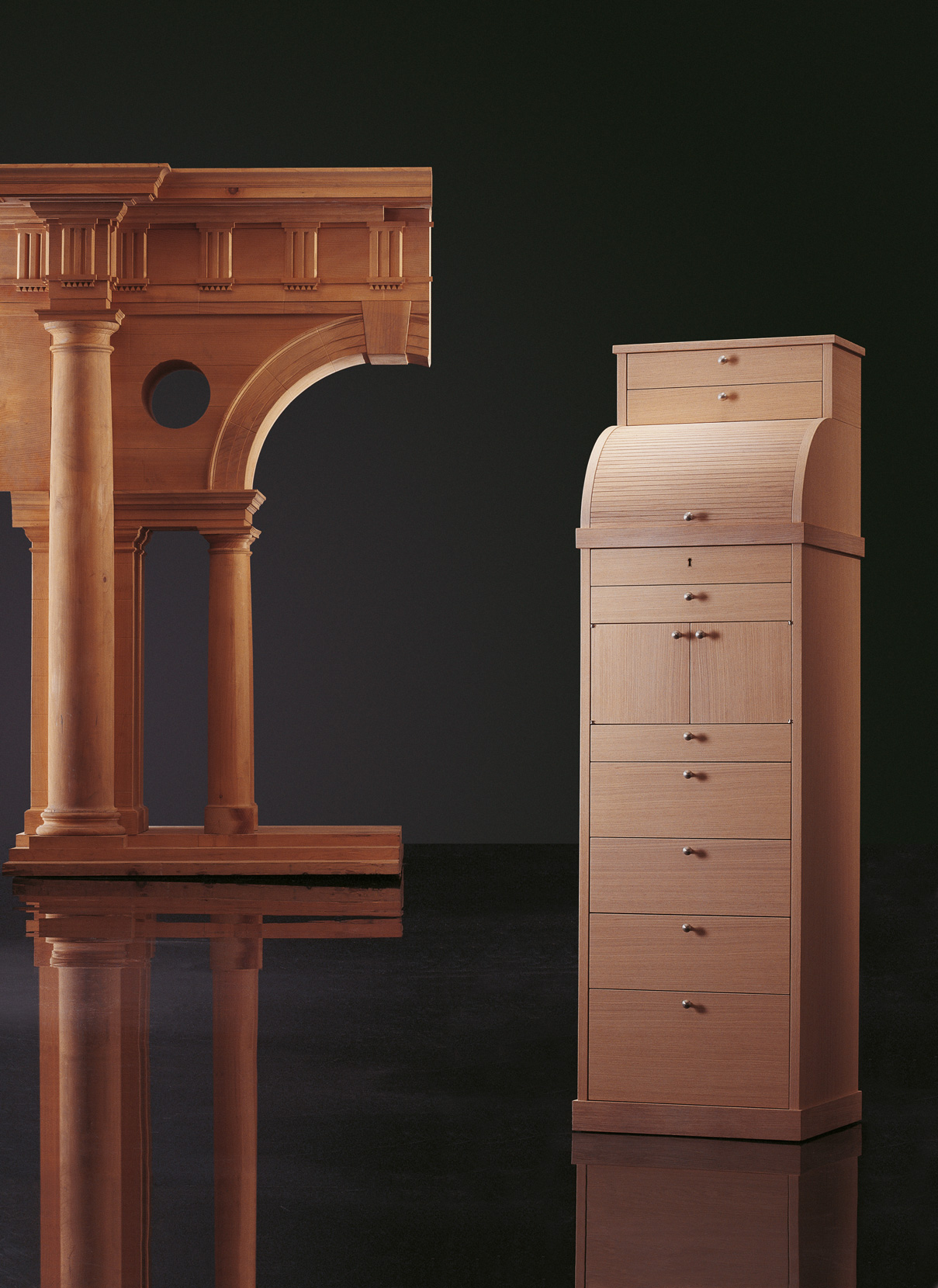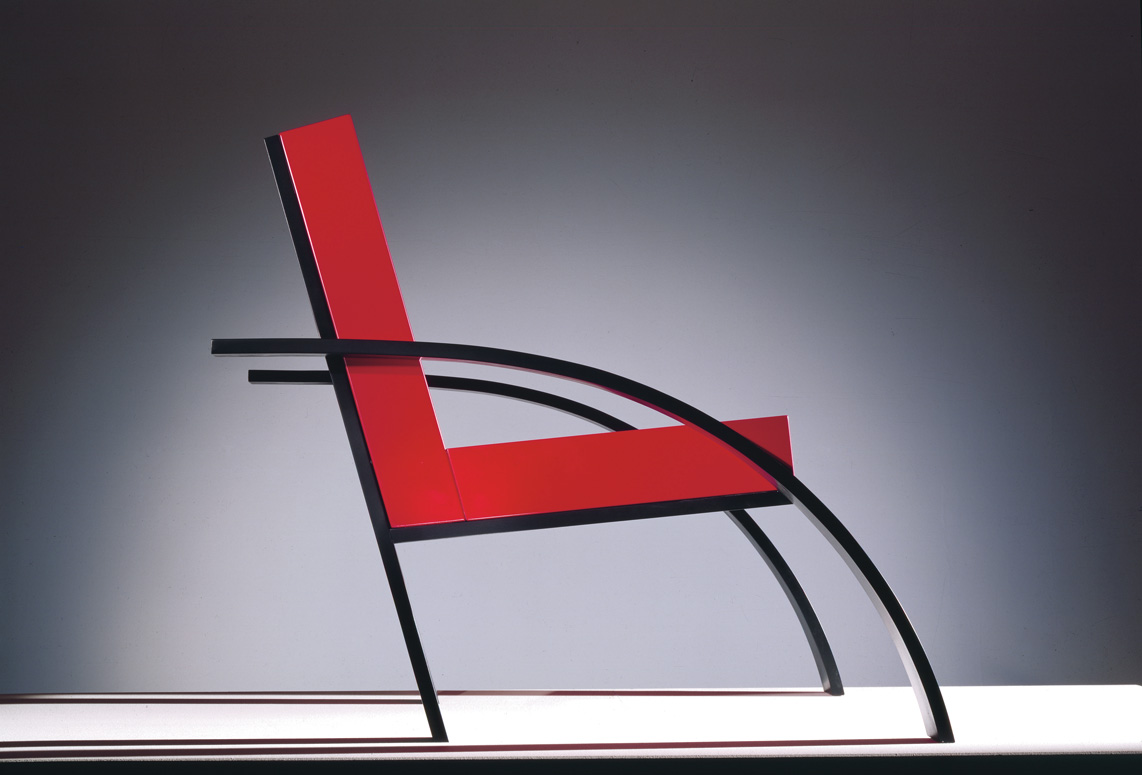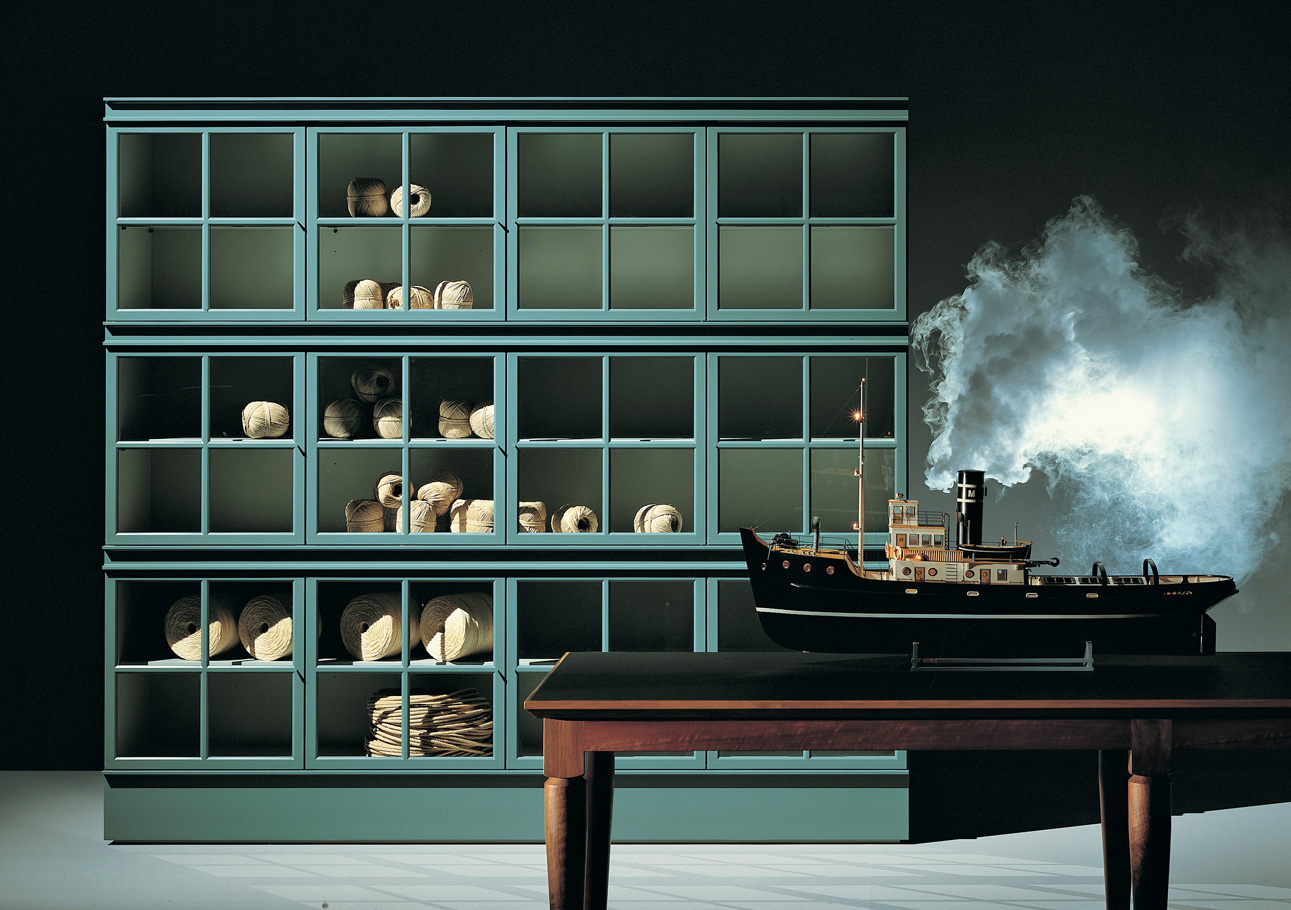Search for articles, topics or more
browse by topics

Search for articles, topics or more

Italian architect and designer Aldo Rossi had a passion for what he saw as the small constructions that fill our homes. He viewed these objects as containers for memories and affections – poetic forms that convey “ordinary exceptionality”.
A giant cutaway section of a building greeted visitors as they ascended the grand staircase of the Palazzo dell’Arte during the 17th Milan Triennale in 1986. But few realised that this installation – Italian architect and designer Aldo Rossi’s Teatro Domestico (Domestic Theatre) – had been placed in the location where Allied bombing raids had laid bare the interiors of the Palazzo in 1943.
 Carteggio (1987), Aldo Rossi, Molteni&C
Carteggio (1987), Aldo Rossi, Molteni&C
Rossi created an effect of spatial distortion in the interior of Teatro Domestico’s three-storey dwelling, with rooms that were smaller than the structure of the house implied – filled with items of furniture and objects of varying scales, testifying to Rossi’s passion for unusual combinations. In this installation, the home could be seen as a theatre – each room a stage set, with tables, chairs and other objects providing the props for the representation of daily family life. Domestic objects have undergone a transformation here, acquiring a kind of ‘ordinary exceptionality’.
For Rossi, the story behind the objects was that of personal memory – his and our own – ranging from the domestic furniture of childhood to the familiar interiors of offices and studios, the clamour of schools or the silence of churches. Impressions taken from his great storehouse of memories were turned into projects through drawings, models and simulations.
 Parigi (1989), Aldo Rossi, UniFor
Parigi (1989), Aldo Rossi, UniFor
Theatrical effects were then reinforced through a process of estrangement typical of Rossi’s work, with slight deformations, strong colours and disorientations that were both modern and evocative of times past.

Impressions taken from his great storehouse of memories were turned into projects through drawings, models and simulations.
Rossi’s main workshop for creating furniture and products – coffee pots, clocks, lamps, etc – was the Molteni factory in Giussano, northern Italy. There, along with his lifelong friend, the inspired designer Luca Meda, and the company’s craftsmen, these poetic designs blossomed into details, joints, articulations and mouldings. The names of the objects reflect Rossi’s memories and inspirations, and sometimes resonate with the object’s purpose – Carteggio (Correspondence) for a desk or Teatro (Theatre) for a small armchair – or references to places, such as Milano (Milan) or Parigi (Paris) for chairs and armchairs, or Elba for a walk-in wardrobe. Far from the sterile neutrality of many contemporary designs, within every space they suggest the repetition of habitual gestures and the reassurance of time-honoured skills.

Standing desks have a long and illustrious history, early proponents commissioned high desks directly from carpenters, or used the taller shelves of bookcases, until manually adjustable sit-stand desks were invented. UniFor’s latest workstation, however, the Spring System designed by architect Antonio Citterio, uses springs to counteract the weight of the desk as it rises.
When Monk re-enters Molteni&C’s catalogue this year, it will mark 35 years since the chair was last in production. “Designed by Afra and Tobia Scarpa, ‘Monk’ is simple and solid,” reads the company’s 1990 catalogue.
The catalogue for UniArm, the new monitor arm from UniFor, opens with a few pages of closeup photography of the arm’s sleek, hinged form, followed by a double-page spread filled with an X-ray image of the product.
Thanks for your registration.